
How to Use MG811: Examples, Pinouts, and Specs
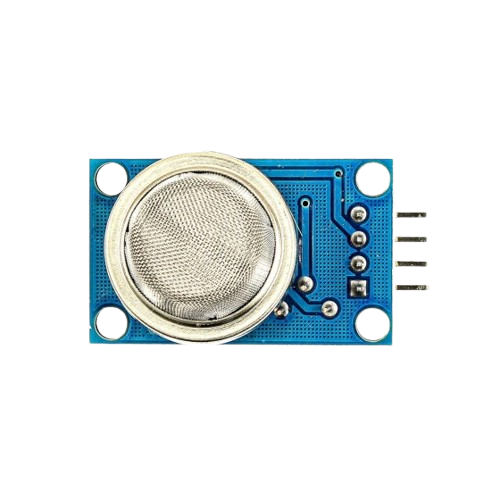
 Design with MG811 in Cirkit Designer
Design with MG811 in Cirkit DesignerIntroduction
The MG811 is a carbon dioxide (CO2) sensor manufactured by Arduino with the part ID CO2. It utilizes non-dispersive infrared (NDIR) technology to detect CO2 levels in the air. The sensor outputs an analog voltage that is proportional to the concentration of CO2, making it ideal for applications requiring accurate and reliable CO2 measurements.
Explore Projects Built with MG811
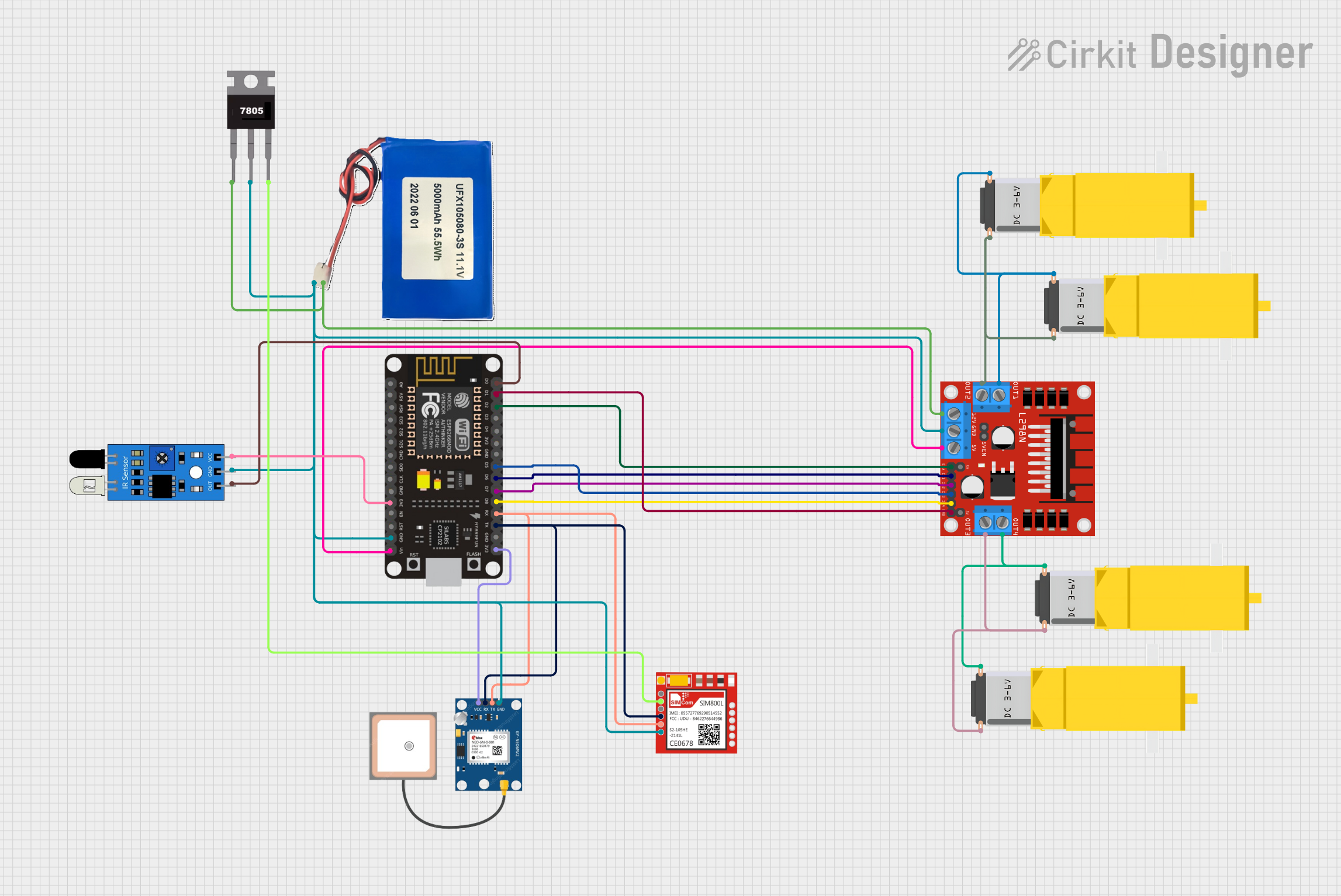
 Open Project in Cirkit Designer
Open Project in Cirkit Designer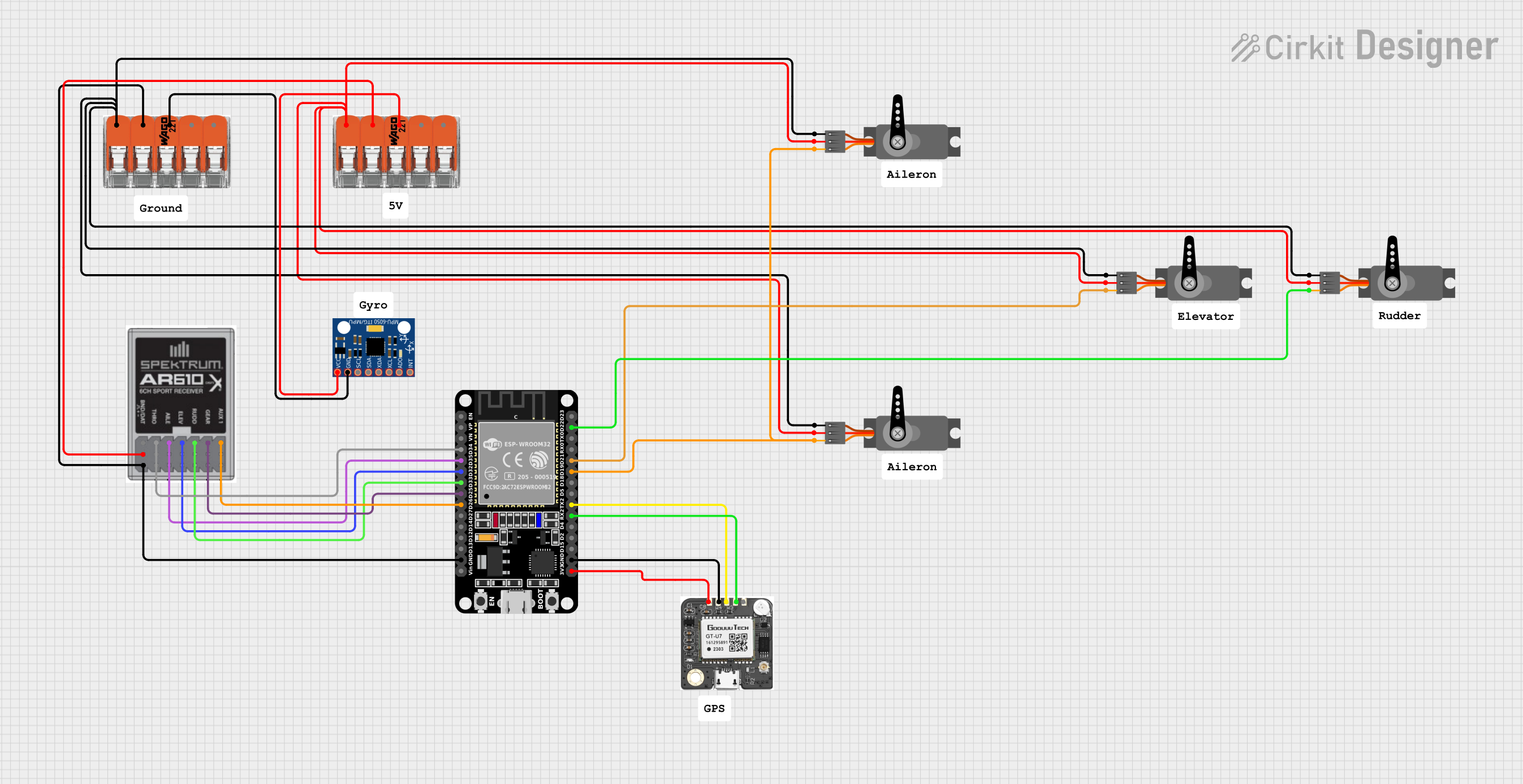
 Open Project in Cirkit Designer
Open Project in Cirkit Designer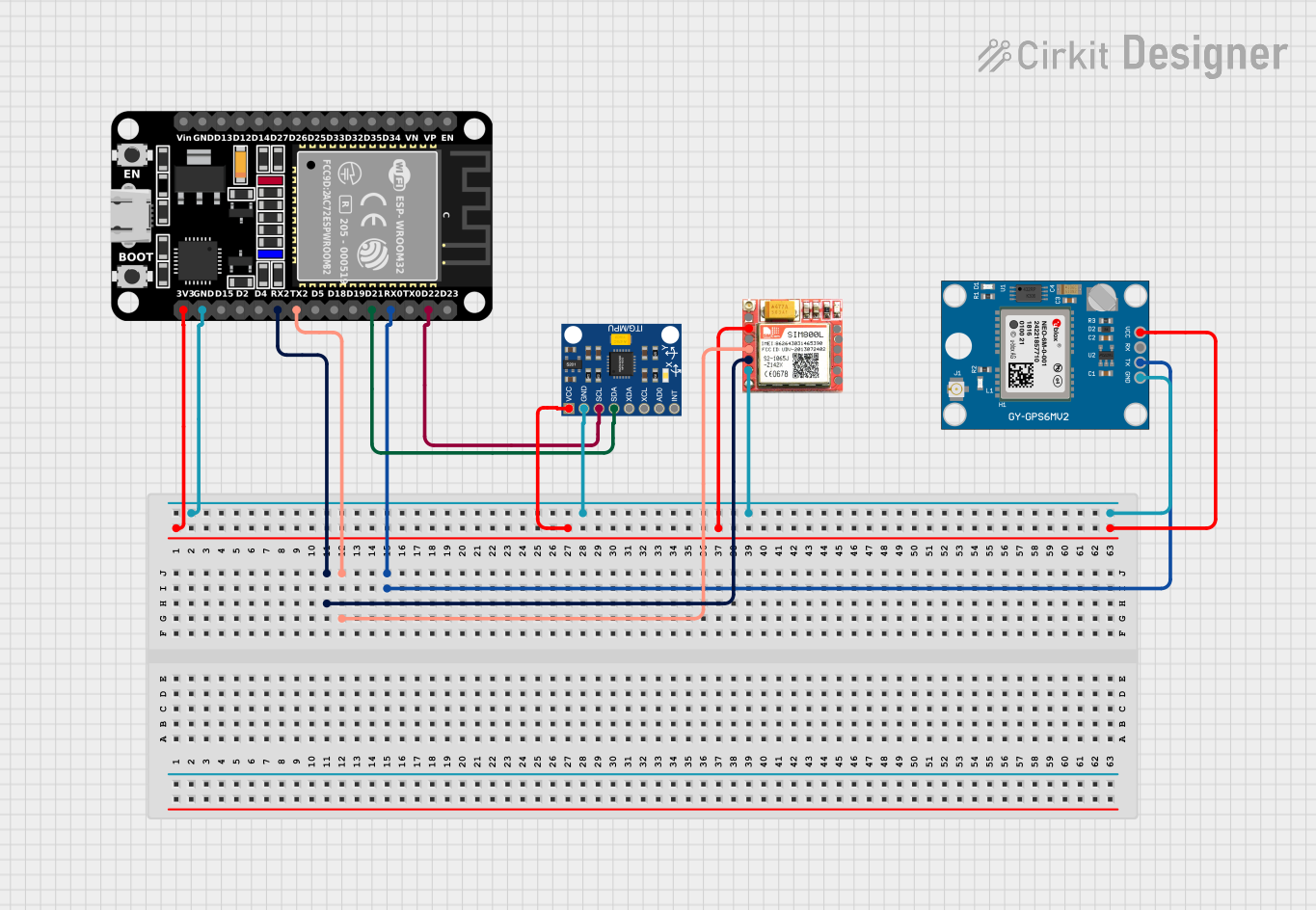
 Open Project in Cirkit Designer
Open Project in Cirkit Designer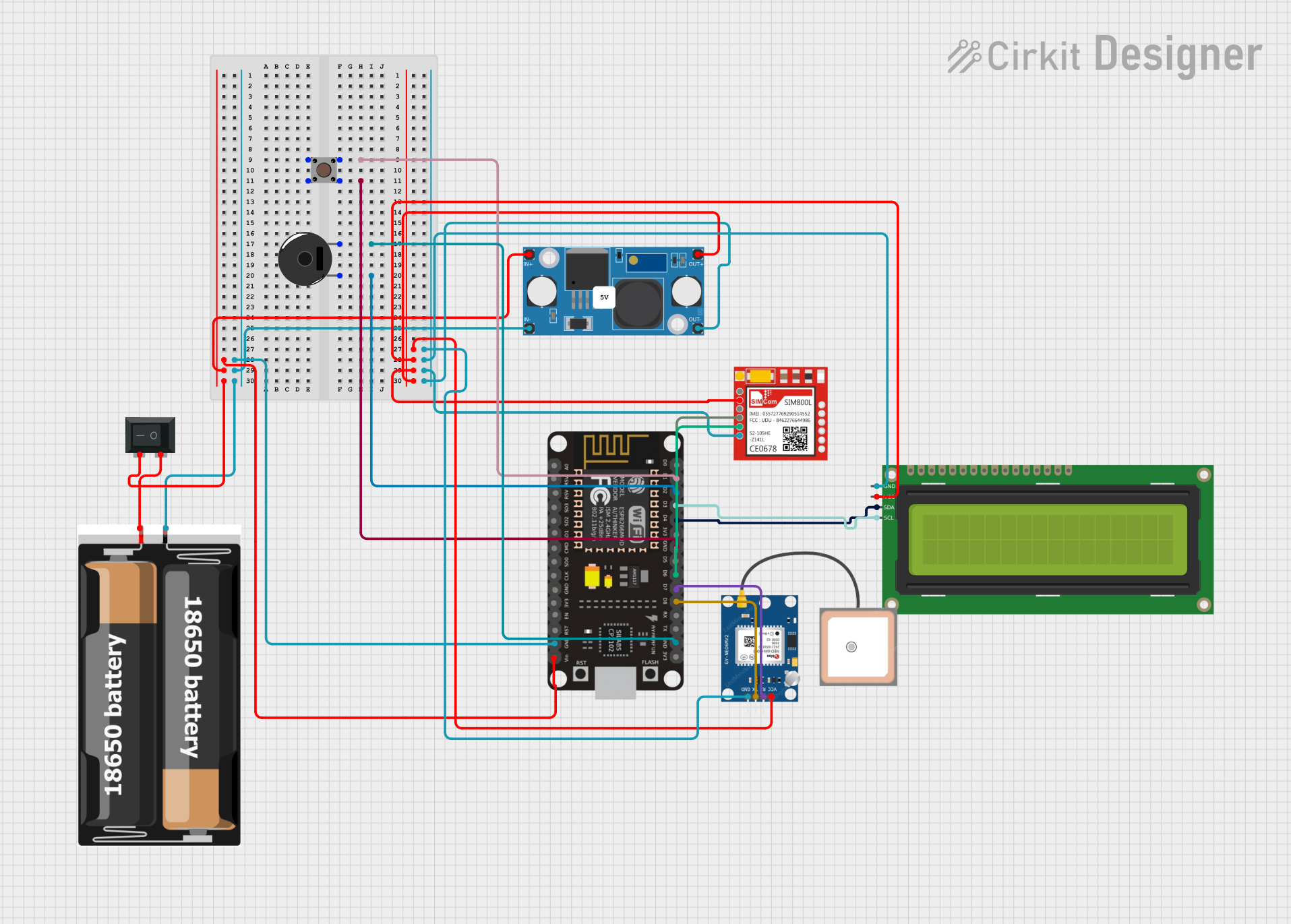
 Open Project in Cirkit Designer
Open Project in Cirkit DesignerExplore Projects Built with MG811

 Open Project in Cirkit Designer
Open Project in Cirkit Designer
 Open Project in Cirkit Designer
Open Project in Cirkit Designer
 Open Project in Cirkit Designer
Open Project in Cirkit Designer
 Open Project in Cirkit Designer
Open Project in Cirkit DesignerCommon Applications
- Environmental monitoring systems
- HVAC (Heating, Ventilation, and Air Conditioning) systems
- Indoor air quality assessment
- Greenhouse CO2 monitoring
- Industrial safety and control systems
Technical Specifications
The MG811 sensor is designed to provide high sensitivity and stability for CO2 detection. Below are its key technical details:
| Parameter | Value |
|---|---|
| Operating Voltage | 6V DC |
| Output Signal | Analog voltage (proportional to CO2 concentration) |
| CO2 Detection Range | 350 ppm to 10,000 ppm |
| Preheating Time | 24 hours (recommended for stable readings) |
| Operating Temperature | -20°C to 50°C |
| Operating Humidity | 0% to 95% RH (non-condensing) |
| Power Consumption | ~200 mA |
| Sensor Type | NDIR (Non-Dispersive Infrared) |
Pin Configuration
The MG811 sensor module typically comes with a 4-pin interface. Below is the pin configuration:
| Pin | Name | Description |
|---|---|---|
| 1 | VCC | Power supply input (6V DC) |
| 2 | GND | Ground connection |
| 3 | AOUT | Analog output voltage (proportional to CO2 level) |
| 4 | DOUT | Digital output (high/low signal based on threshold) |
Usage Instructions
Connecting the MG811 to a Circuit
- Power Supply: Connect the
VCCpin to a 6V DC power source and theGNDpin to ground. - Analog Output: Connect the
AOUTpin to an analog input pin of your microcontroller (e.g., Arduino UNO) to read the CO2 concentration as an analog voltage. - Digital Output: Optionally, connect the
DOUTpin to a digital input pin of your microcontroller to detect whether the CO2 level exceeds a preset threshold.
Important Considerations
- Preheating: The MG811 sensor requires a preheating time of approximately 24 hours for optimal performance. During this time, the sensor stabilizes and provides accurate readings.
- Calibration: For precise measurements, calibrate the sensor in a known CO2 concentration environment.
- Power Supply: Ensure a stable 6V DC power supply to avoid fluctuations in the output signal.
- Ventilation: Place the sensor in a well-ventilated area to avoid accumulation of gases that could affect readings.
Example Code for Arduino UNO
Below is an example of how to interface the MG811 sensor with an Arduino UNO to read the analog output and display the CO2 concentration:
// Define the analog pin connected to the MG811 AOUT pin
const int analogPin = A0;
// Variable to store the analog reading
int sensorValue = 0;
void setup() {
// Initialize serial communication for debugging
Serial.begin(9600);
Serial.println("MG811 CO2 Sensor Test");
}
void loop() {
// Read the analog value from the sensor
sensorValue = analogRead(analogPin);
// Convert the analog value to a voltage (assuming 5V reference)
float voltage = sensorValue * (5.0 / 1023.0);
// Display the raw sensor value and voltage
Serial.print("Raw Sensor Value: ");
Serial.print(sensorValue);
Serial.print(" | Voltage: ");
Serial.print(voltage);
Serial.println(" V");
// Add your calibration formula here to convert voltage to CO2 concentration
// Example: float co2Concentration = (voltage - offset) * scaleFactor;
delay(1000); // Wait for 1 second before the next reading
}
Notes on Calibration
- The output voltage of the MG811 sensor is proportional to the CO2 concentration. To convert the voltage to a CO2 concentration in ppm, you will need to determine the sensor's offset and scale factor through calibration.
- Use a known CO2 concentration environment (e.g., 400 ppm for outdoor air) to calculate the offset and scale factor.
Troubleshooting and FAQs
Common Issues
No Output Signal
- Cause: Incorrect wiring or insufficient power supply.
- Solution: Verify the connections and ensure a stable 6V DC power source.
Unstable Readings
- Cause: Insufficient preheating time or environmental interference.
- Solution: Allow the sensor to preheat for at least 24 hours and ensure proper ventilation.
Inaccurate CO2 Measurements
- Cause: Lack of calibration or incorrect reference voltage.
- Solution: Calibrate the sensor in a known CO2 concentration environment and verify the reference voltage.
High Power Consumption
- Cause: The MG811 sensor's internal heating element.
- Solution: Ensure your power supply can handle the sensor's ~200 mA current draw.
FAQs
Q: Can the MG811 sensor detect gases other than CO2?
A: No, the MG811 is specifically designed for CO2 detection using NDIR technology. It is not suitable for detecting other gases.
Q: How long does the MG811 sensor last?
A: The sensor has a long lifespan if used under recommended conditions. However, periodic calibration is necessary to maintain accuracy.
Q: Can I use the MG811 with a 5V power supply?
A: No, the MG811 requires a 6V DC power supply for proper operation. Using a lower voltage may result in inaccurate readings or sensor malfunction.
Q: Is the MG811 suitable for outdoor use?
A: The MG811 can be used outdoors, but it must be protected from extreme weather conditions and condensation to ensure reliable performance.